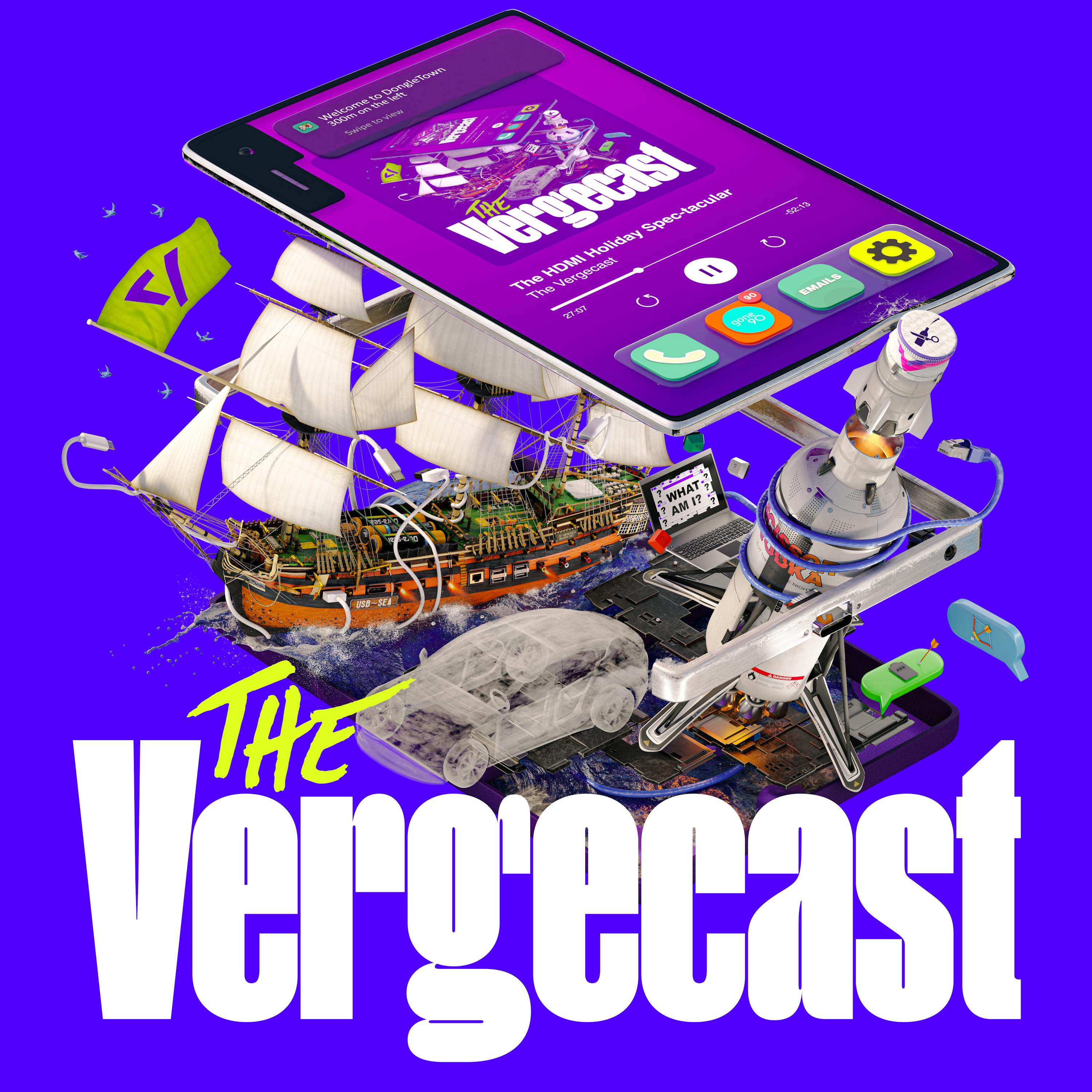
The Vergecast Vergecast, part two

The Vergecast
Deep Dive
Why did The Verge decide to launch a subscription model now?
The Verge launched a subscription to insulate its business model from pressures like Google Zero and changes in search and distribution. Advertising, which has been the primary revenue source, faces challenges from platforms like Google and Facebook. A subscription model allows The Verge to build a loyal, direct audience and diversify its revenue streams.
Why doesn't The Verge offer ad-free podcasts as part of its subscription?
Ad-free podcasts are not part of the subscription because podcast ads are more valuable than website ads and are a significant revenue source for The Verge. Removing ads from podcasts would cost more than the subscription revenue, and technical and business barriers make it challenging to offer an ad-free experience without disrupting the main podcast feed.
How does The Verge maintain journalistic integrity with sponsored content like the lightning round?
The Verge maintains journalistic integrity by keeping a strict firewall between the editorial and business sides. The advertising team cannot influence editorial decisions, and the editorial team is aware of sponsors but does not allow them to dictate content. This separation ensures that the journalism remains independent, even with sponsored segments.
What is the role of Helen Havlak, The Verge's publisher?
Helen Havlak's role is to act as a firewall between the editorial and business sides of The Verge. She ensures that the newsroom remains independent while managing revenue streams, strategy, and business partnerships. Her job is to keep The Verge financially viable while supporting its journalism.
Why did The Verge redesign its website in 2022?
The Verge redesigned its website to make it more useful and engaging for its audience, aligning with Ben Thompson's aggregation theory. The goal was to create a daily habit for users by making the homepage a utility, similar to Google or Amazon. The redesign increased time spent on the site and improved user engagement.
How does The Verge decide who reads the podcast ads?
The Verge has a producer, Liam, read the podcast ads to maintain a separation between editorial and advertising. This approach allows the hosts to avoid endorsing products while still meeting advertiser demand. Liam reads the ads without input from the editorial team, ensuring the firewall remains intact.
What is Nilay Patel's approach to managing The Verge's editorial team?
Nilay Patel's approach is to scale taste and trust the team to ask the right questions: 'Why is this a Verge story?' and 'Is this good enough?' He believes that if everyone in the newsroom is focused on these questions, they can maintain quality and independence without micromanaging every decision.
What is The Verge's stance on branded content and advertising?
The Verge is strict about not allowing branded content or personal endorsements from its journalists. The goal is to maintain credibility and independence, even if it means missing out on higher revenue from host-read ads. The firewall between editorial and business is non-negotiable.
Why did The Verge shorten its podcast theme song?
The Verge shortened its podcast theme song to align the audio feed with the YouTube version, where a long intro is less appealing to viewers. The team is considering refreshing the theme song to make it more engaging without alienating listeners.
What is The Verge's strategy for growing its audience?
The Verge's strategy is to create focused, differentiated content that attracts new audiences. By offering multiple podcasts and tailored content for different platforms, The Verge aims to grow its audience without overwhelming existing listeners with too much content in one show.
Shownotes Transcript
A week ago, The Verge launched a subscription. And you had questions! So we have answers. The Verge’s Helen Havlak and Nilay Patel join the show to talk about how we priced the subscription, why ad-free podcasts are hard to do, Apple News, what we do during ad breaks, and much more. And if we didn’t answer your question, let us know! Call the Vergecast Hotline at 866-VERGE11, or email [email protected], with all your questions. Thanks to everyone who sent them in!
Further reading:
Learn more about your ad choices. Visit podcastchoices.com/adchoices)